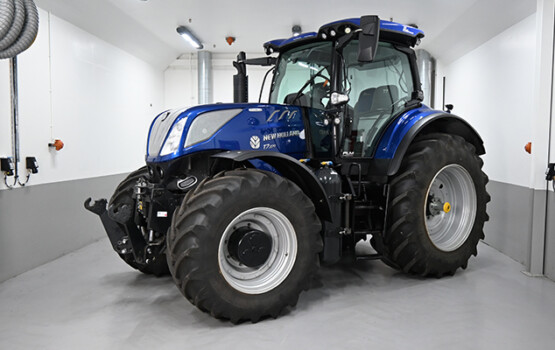Portal for more climate-friendly mobility
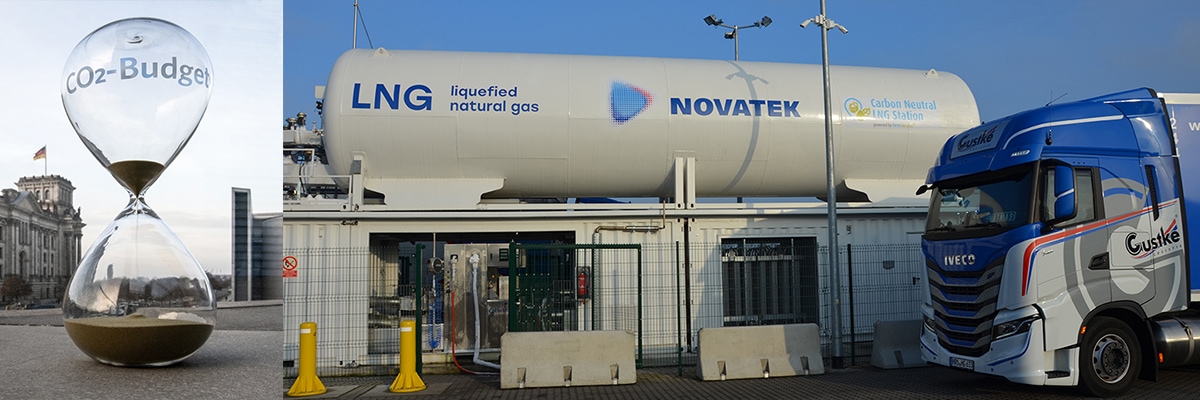
LNG and bio-LNG as an opportunity
Sales of LNG at filling stations in Germany have increased significantly: as a result, more than 100,000 fewer tonnes of CO2 were emitted last year alone. According to industry experts, the proportion of bio-LNG will also increase significantly from 2024, which will lead to even lower CO2 emissions.
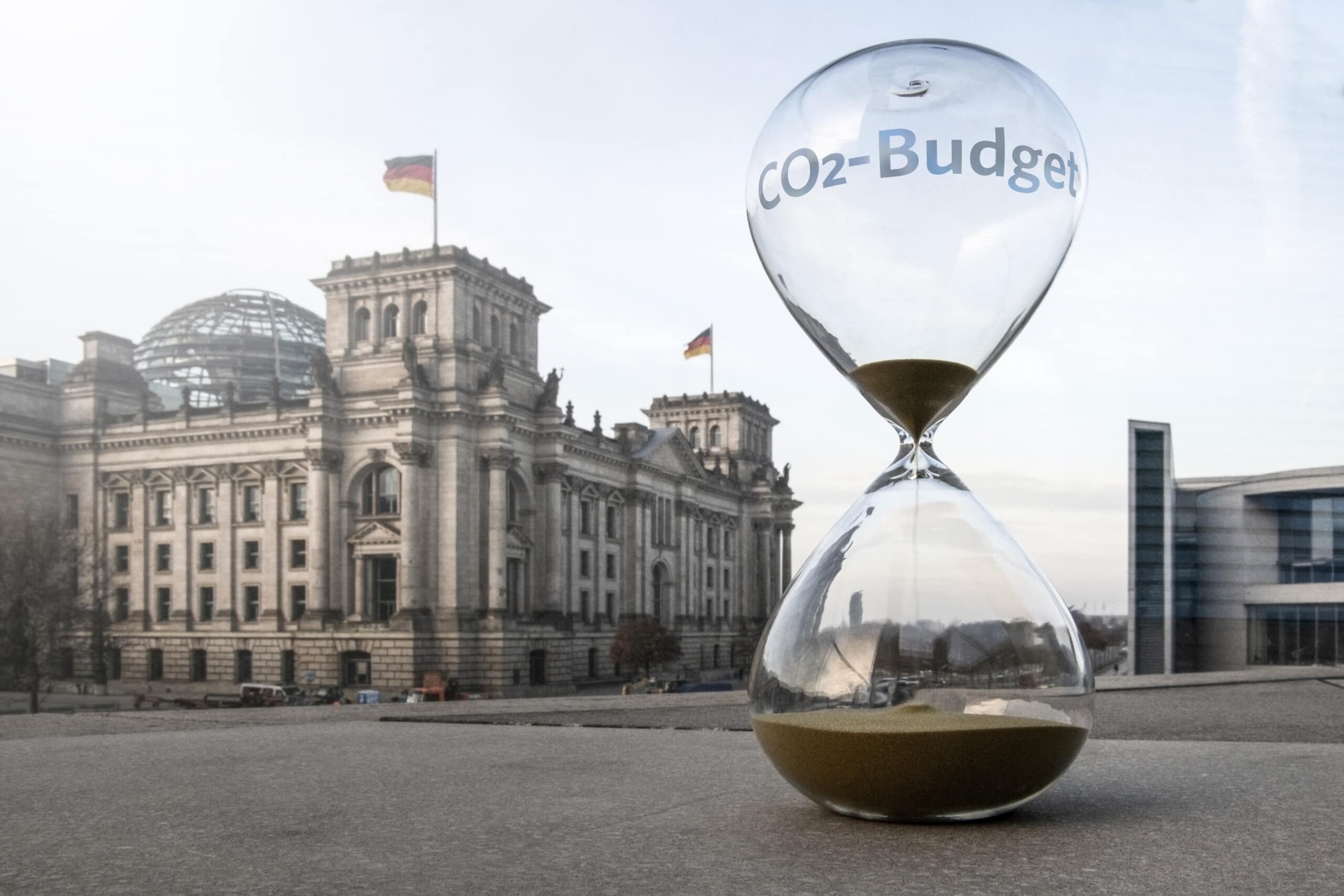 The sands or CO2 clock is ticking relentlessly, which is why it is essential to reduce greenhouse gas emissions as quickly as possible and with as many technologies as possible. Source: Zukunft Erdgas
The sands or CO2 clock is ticking relentlessly, which is why it is essential to reduce greenhouse gas emissions as quickly as possible and with as many technologies as possible. Source: Zukunft Erdgas
Through its Climate Protection Act, the German federal government has imposed very ambitious targets on the transport sector to reduce greenhouse gas emissions. By 2030, emissions from transport are expected to fall to 85 million tonnes of CO2. This is 48% less than in 1990. It’s just that two years ago, the transport sector still generated more than 145 million tonnes of CO2. So it’s not an easy task!
In order to achieve these ambitious targets, it is essential to consider all technologies that promise to reduce greenhouse gas emissions, despite all current political decisions. For heavy-duty transport over long distances, these are primarily gas-fuelled vehicles powered by LNG – i.e. liquefied CNG. They are currently the only alternative to diesel for achieving a rapid reduction in greenhouse gas emissions. German freight forwarders and logistics specialists have also recognised this potential. Last year, sales of LNG at German LNG filling stations increased to more than 130,000 tonnes. In the previous year, this figure was still 47,985 tonnes. In 2021, the use of LNG in heavy-duty transport thus enabled more than 100,000 fewer tonnes of CO2 to be emitted in Germany alone.
 Timm Kehler, CEO of Zukunft Gas, draws attention to the advantages of biogas and bio-LNG as fuels. Source: Zukunft Erdgas
Timm Kehler, CEO of Zukunft Gas, draws attention to the advantages of biogas and bio-LNG as fuels. Source: Zukunft Erdgas
Timm Kehler, CEO of Zukunft Gas, also makes it clear that “gas mobility is the only market-ready technology that promises immediate greenhouse gas emissions in heavy-duty transport” . “This climate protection potential must also be reflected in the political regulations. A rapid switch to bio-LNG and the associated right to credit bio-LNG to greenhouse gas quota trading could also lead to falling prices. In addition, freight forwarders need planning security in the medium term for investments and the use of bio-LNG trucks,” says Kehler.
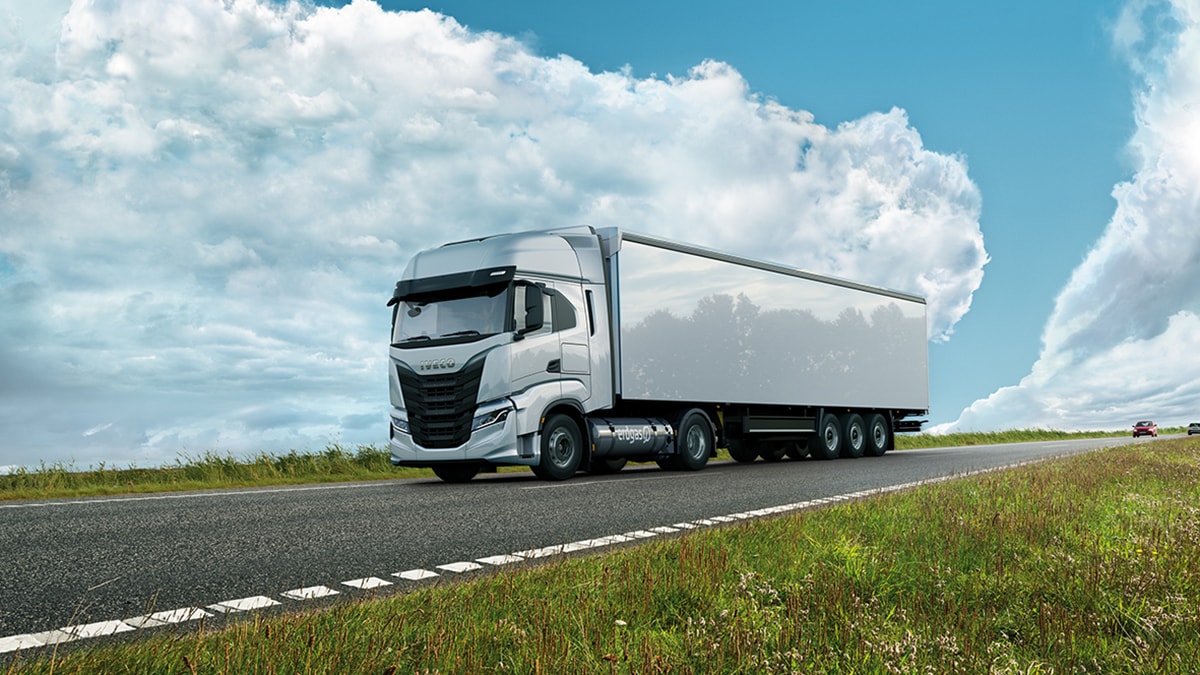 One of many trucks now powered by CNG or LNG on German roads. Source: Zukunft Gas
One of many trucks now powered by CNG or LNG on German roads. Source: Zukunft Gas
A truck powered by LNG already emits 15 to 20% less CO2 than a diesel truck. Bio-LNG, i.e. liquefied biogas, enables virtually climate-neutral transport in heavy-duty transport. Across Europe, new bio-LNG production facilities are currently springing up overnight, meaning that significant volumes will be available at bio-LNG filling stations in Germany and other European countries from 2024.
LNG and bio-LNG also play an important role as a replacement for Russian pipeline natural gas. The members of the industry association Zukunft Gas, Shell, Erdgas Südwest and VNG Balance are therefore pushing ahead with biogas liquefaction projects. This is because using bio-LNG from waste materials would even have led to 314,538 fewer tonnes of CO2 being emitted last year with the same LNG sales volume. (pd/jas, 22 June 2022)
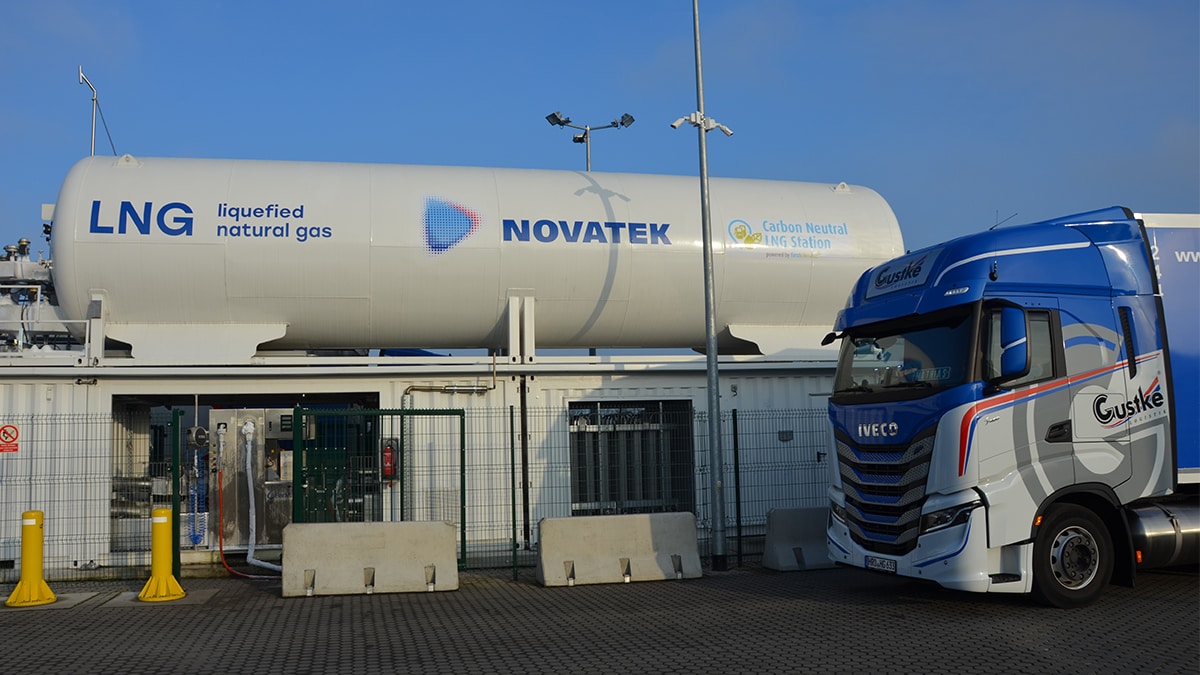 The corresponding infrastructure is also growing: 118 filling stations already offer LNG in Germany – and the trend is rising. Source: Zukunft Gas
The corresponding infrastructure is also growing: 118 filling stations already offer LNG in Germany – and the trend is rising. Source: Zukunft Gas
You might also be interested in
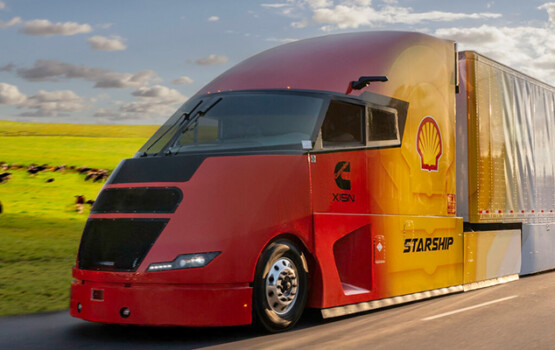
Shell Starship on record hunt
